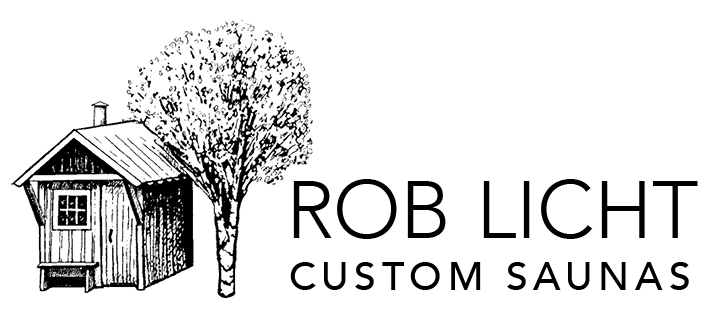The town of Newfield, just south of where I live, is known for its rolling hills, deep gullies and rugged forest. When I used to live there I’d ramble about the woods and back roads that thread their way through sparsely populated forest. Just south of there is Spencer, known for its many Finns who settled there in the early 1900’s. Mostly these Finns came east from Michigan in search of better farmland and a life that did not include mining. You can still make out saunas behind the old farms: small wooden outbuildings with a tell-tale-chimney. Some are still in use; others are slowly falling apart, as rural structures tend to do.



At the bottom of Van Buskirk Gulf, on a stretch of seasonal road, next to the creek, is a curious arrangement of structures. One is a beautiful old stone bridge dating to 1818— the oldest in the county— that was restored several years ago. Overlooking this is an abandoned stone house; the windows shuttered with plywood and the insides littered with graffiti. Although it echoes the stonework of the bridge, county records show it was built in 1865.
Across from the house and alongside the creek sits the main object of my curiosity—
an old steam sauna or banya.

Unlike the old wooden saunas, this building is built from tile block and concrete with a beautifully plastered interior. The plaster, which is over metal lathe, has a smooth eggshell finish that is only typically found in high end homes that predate the use of drywall or plaster board. The metal lathe came after the use of wood lathe. My Guess is the 1930’s-40’s. The layout has an entryway where one would undress and relax. A room to the side has a small door in its far end leading to a fire chamber below the sauna room. This is where the firewood must have been stored and the fire tended to. Beyond the dressing room, up three steps, was the bathing room. It is all plastered, including the bench, with an arched ceiling and soft curves. In the center along the interior wall, above the fire chamber, is the heater that features a large rock chamber.
The fire would pass over these rocks until they were ready to use, then, once the fire died down, the iron lid was lifted and water would be thrown on the rocks to produce steam.
This is the same as modern heat storage heaters. A side door from the dressing leads directly to the creek. Remnants of a heat exchanger tell me that hot water was also available to bathe with.



Up the creek is the remains of a large dam structure. Was this a work camp of some sort? Were Finns (or Russians) employed nearby? Was it a mill site? Perhaps it was built during the CCC (Civilian Conservation Corps) era of the 1930’s when many trails were built in nearby parks. I can imagine a group of workers enjoying the steam bath after a hard day’s work and plunging into the creek. I can also imagine fixing it up and returning it to use. If anyone has any answers, please share them!
.
.
.
Reference: Melissa Ladenheim, The Sauna in Central New York, Dewitt Historical Society of Tompkins County. Ithaca, NY 1986.


